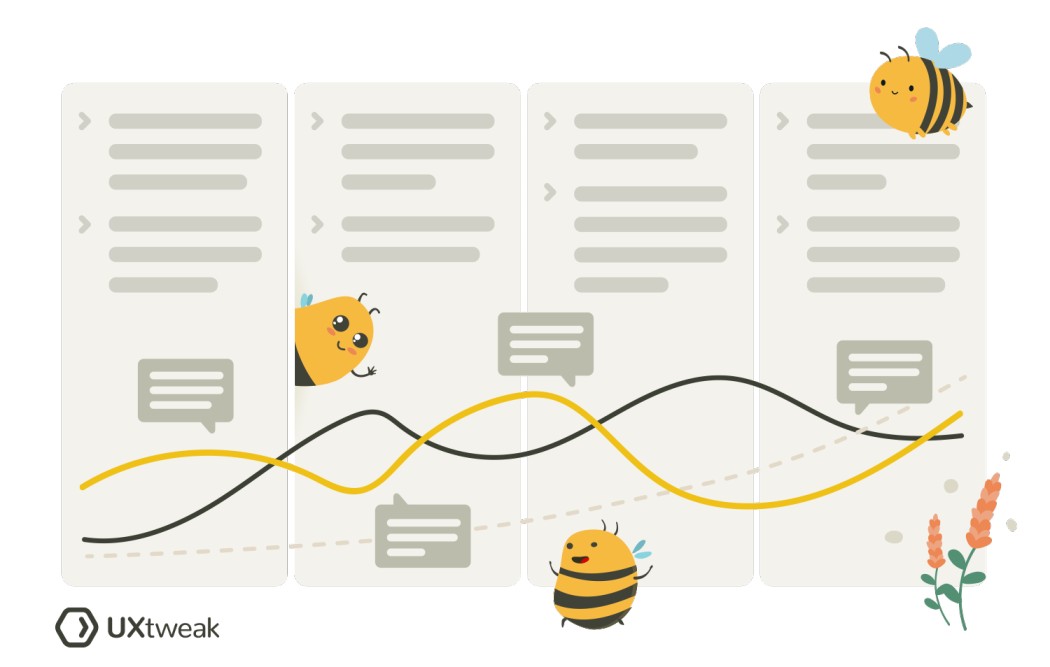What is experience sampling used for?
- Understanding subjective experiences: Experience sampling helps researchers gain insights into individuals’ real-time experiences, thoughts, and emotions in their natural environments, providing a more accurate and nuanced understanding of their daily lives.
- Exploring contextual factors: This research method allows for the examination of how contextual factors, such as time, location, social interactions, and activities, influence individuals’ experiences and behaviors, providing a deeper understanding of the interplay between individuals and their environments.
- Studying psychological processes: Provides a means to study various psychological processes, such as mood regulation, stress, attention, motivation, and decision-making, as they unfold in real time, contributing to a more comprehensive understanding of human behavior and cognition.
- Evaluating interventions and treatments: Can be used to assess the effectiveness of interventions or treatments by monitoring changes in individuals’ experiences and behaviors over time.
Why is experience sampling important?
Experience sampling is important because it:
- Provides real-time data: It captures data in individuals’ natural environments, offering an accurate and ecologically valid understanding of their experiences.
- Reveals nuanced variations: By collecting data at different moments, it uncovers fluctuations, patterns, and contextual influences that shape subjective experiences.
- Informs interventions and treatments: It helps evaluate the effectiveness of interventions and tailor them to improve outcomes based on real-time feedback.
What are the different types of experience sampling?
- Signal-contingent sampling: Prompts encourage participants to log experiences at preset times or during certain events.
- Time-contingent sampling: Specific time points, like every hour or daily beginnings and ends, trigger prompts for participants.
- Event-contingent sampling: Occurrence of specific events or triggers, such as receiving a text or starting an activity, prompts participants.
- Location-based sampling: Participants receive prompts to log experiences upon entering or leaving certain locations or areas.
How to conduct experience sampling study?
Define objectives: Clearly outline the goals and purpose of the study.
Select participants: Choose a representative sample of individuals for participation.
Design survey or prompts: Develop concise and user-friendly experience sampling prompts for data collection.
Collect and manage data: Distribute prompts according to a predetermined schedule and securely store the collected data.
Analyze and report findings: Analyze the data to identify patterns, trends, and insights and summarize the results in a meaningful way.
How to analyze experience sampling?
To analyze experience sampling data:
Preprocess and clean the data to ensure accuracy
Identify relevant variables and calculate descriptive statistics
Explore relationships and patterns through quantitative or qualitative analysis
Draw conclusions and identify key insights from the analysis
Present the findings through visualizations and reports
FAQ
- How are you feeling right now?
- What are you currently thinking about?
- Rate your level of focus on a scale of 1 to 10.
- What activity are you engaged in at this moment?
- Describe your current physical environment.
- Are you experiencing any distractions or interruptions?
An example of experience sampling is a study where participants receive notifications on their smartphones at random intervals and are asked to report their current activities and emotions. This allows researchers to capture real-time data on individuals’ experiences in their natural environments. The collected data can provide insights into the dynamics and variations of subjective experiences throughout the day.





